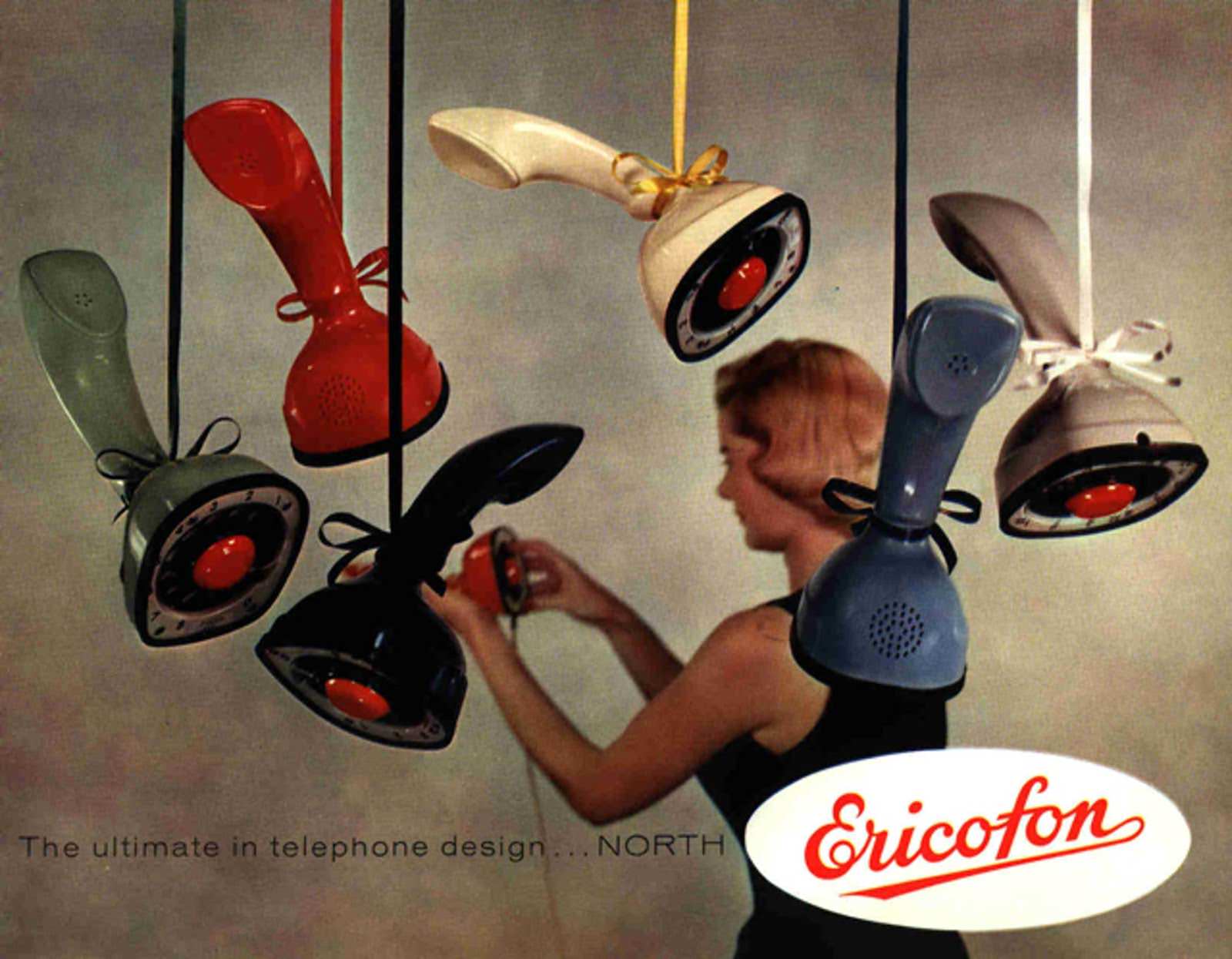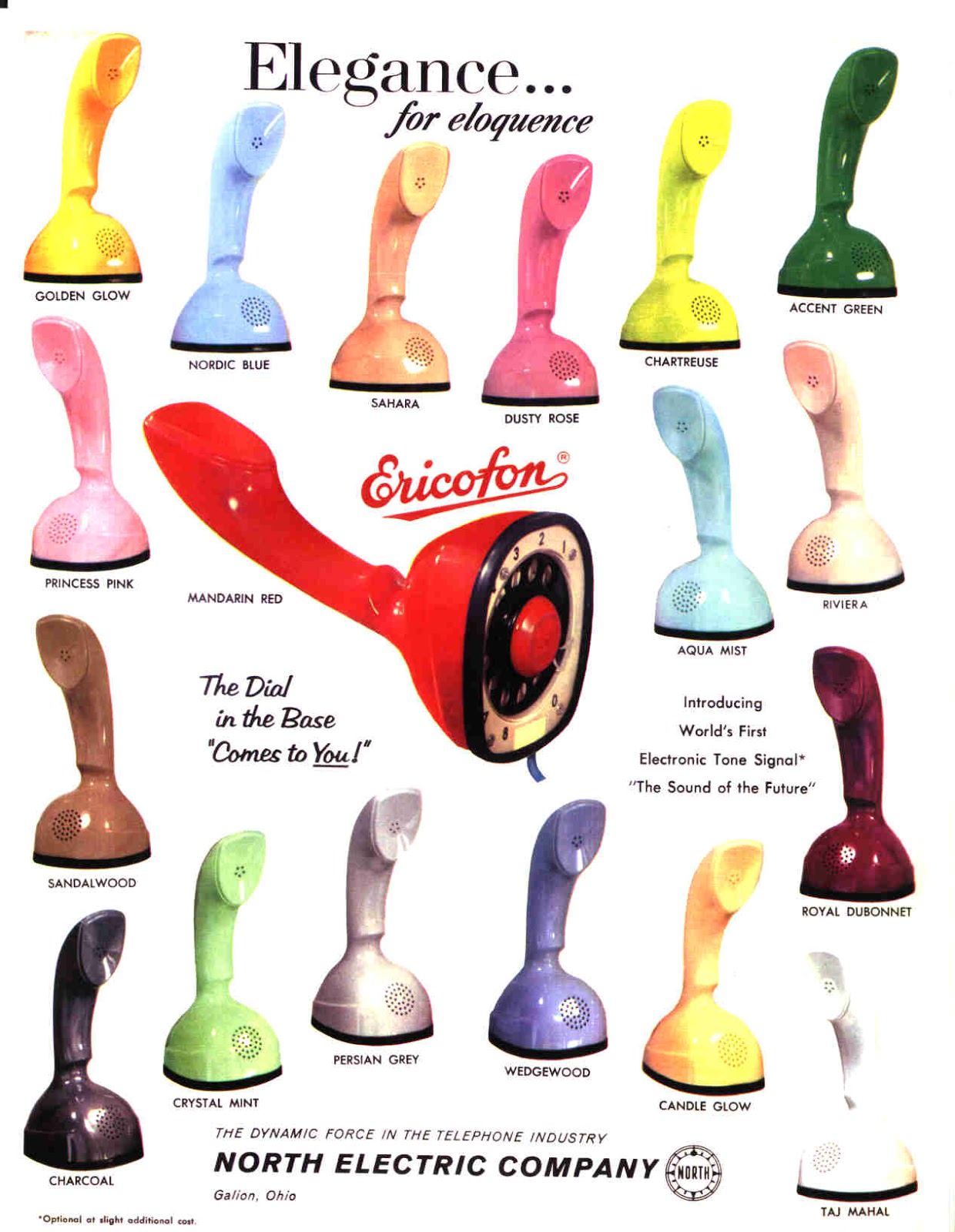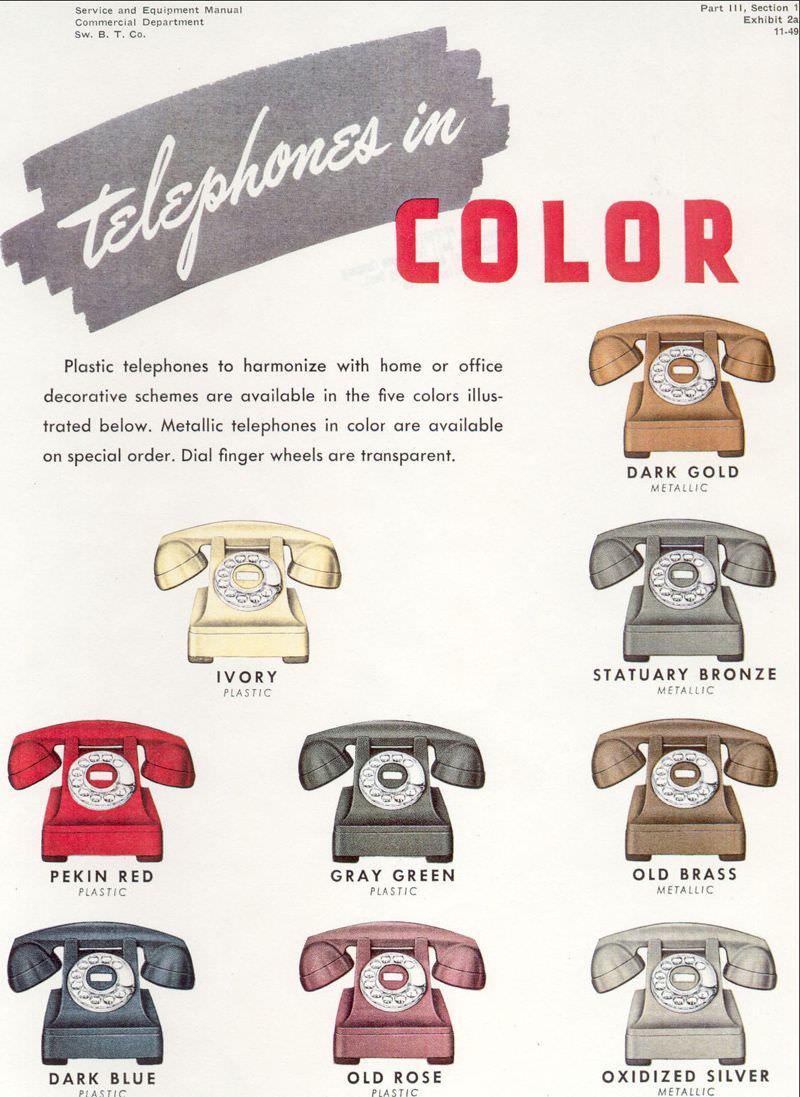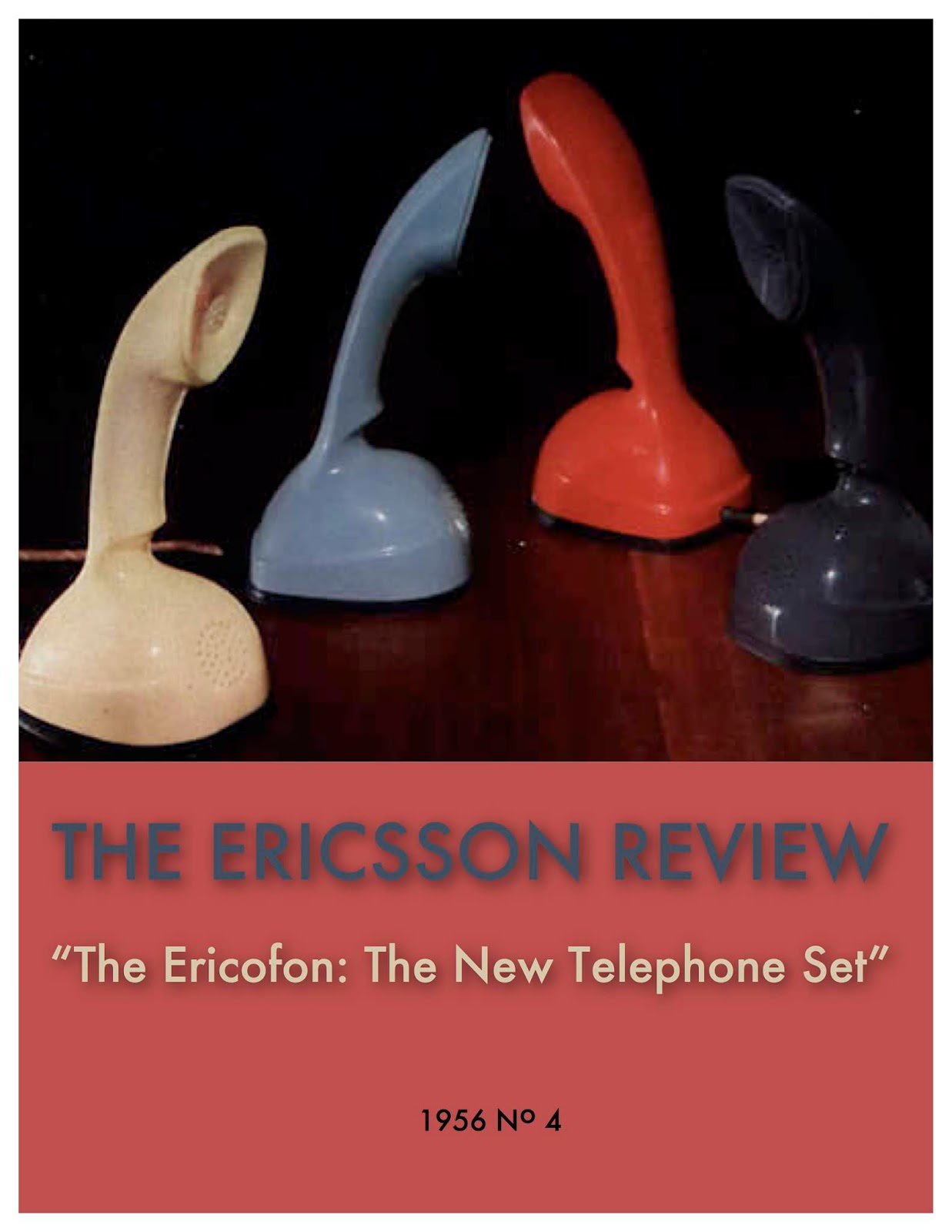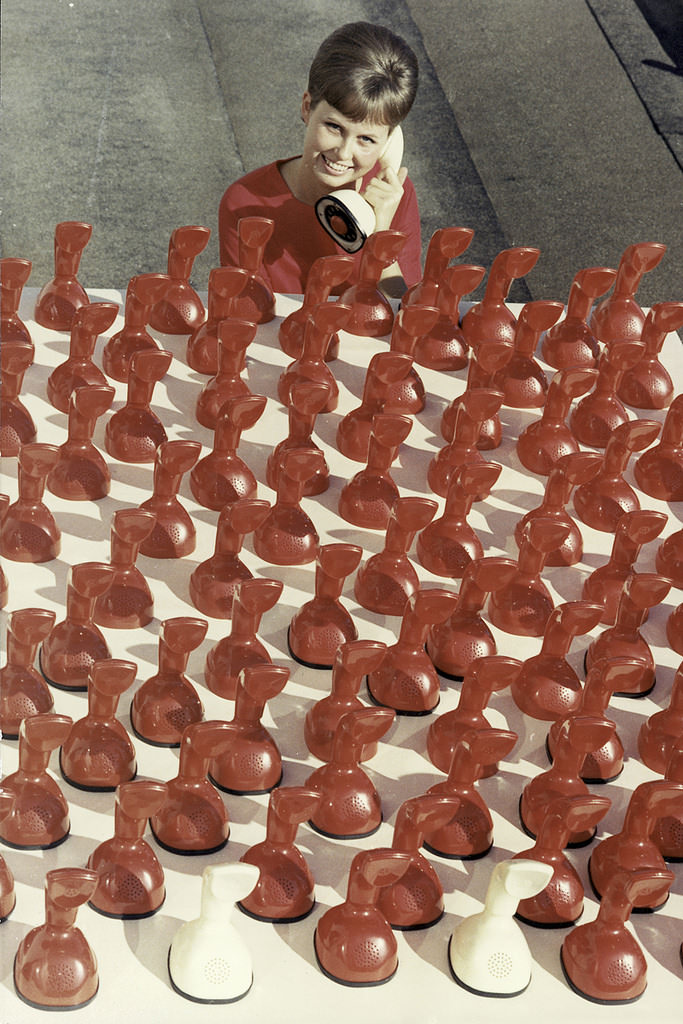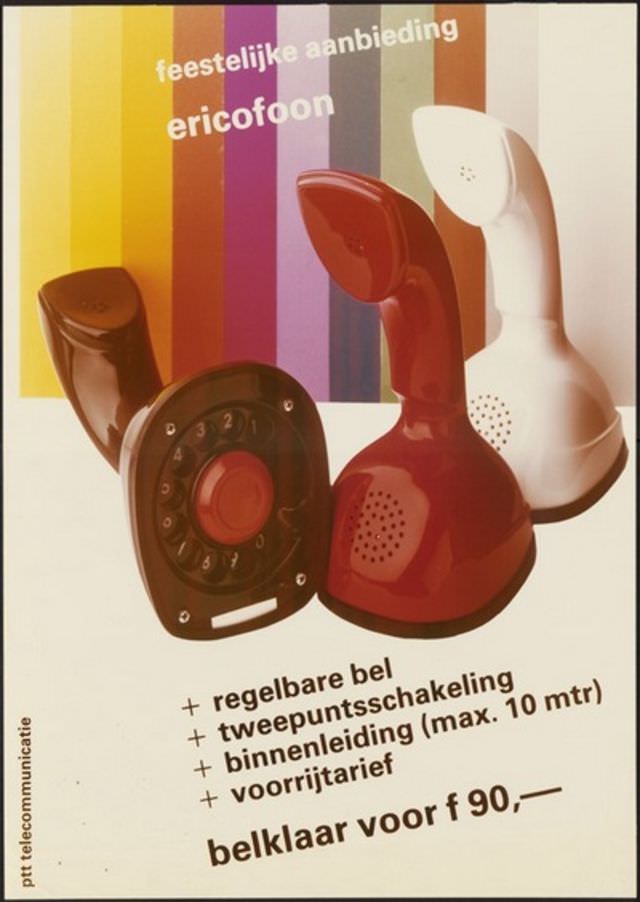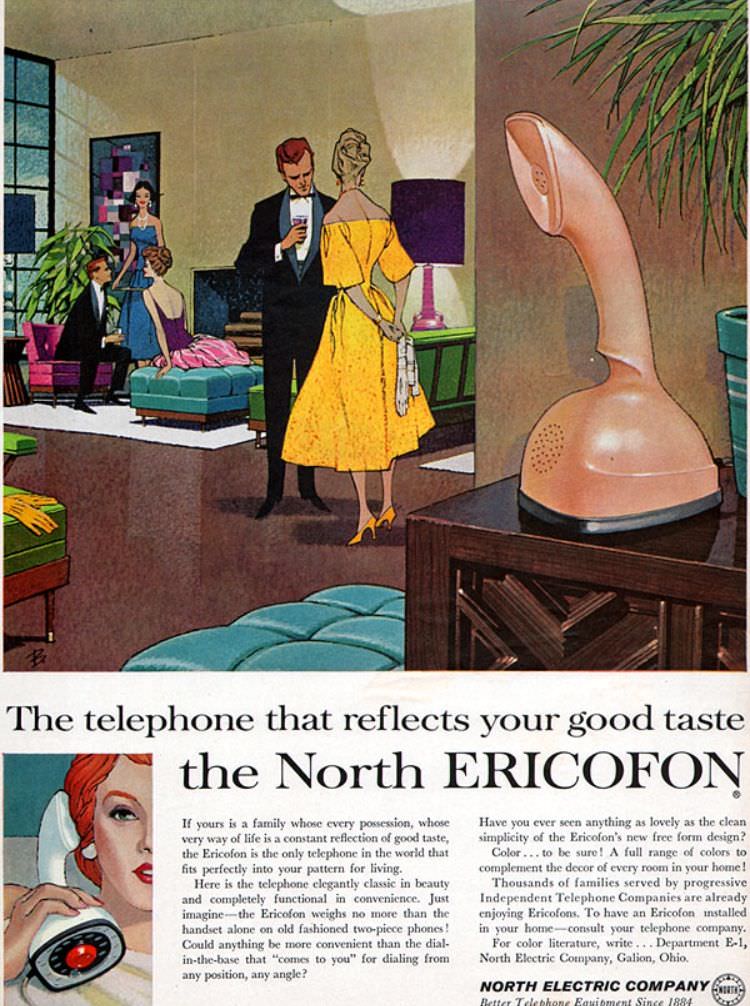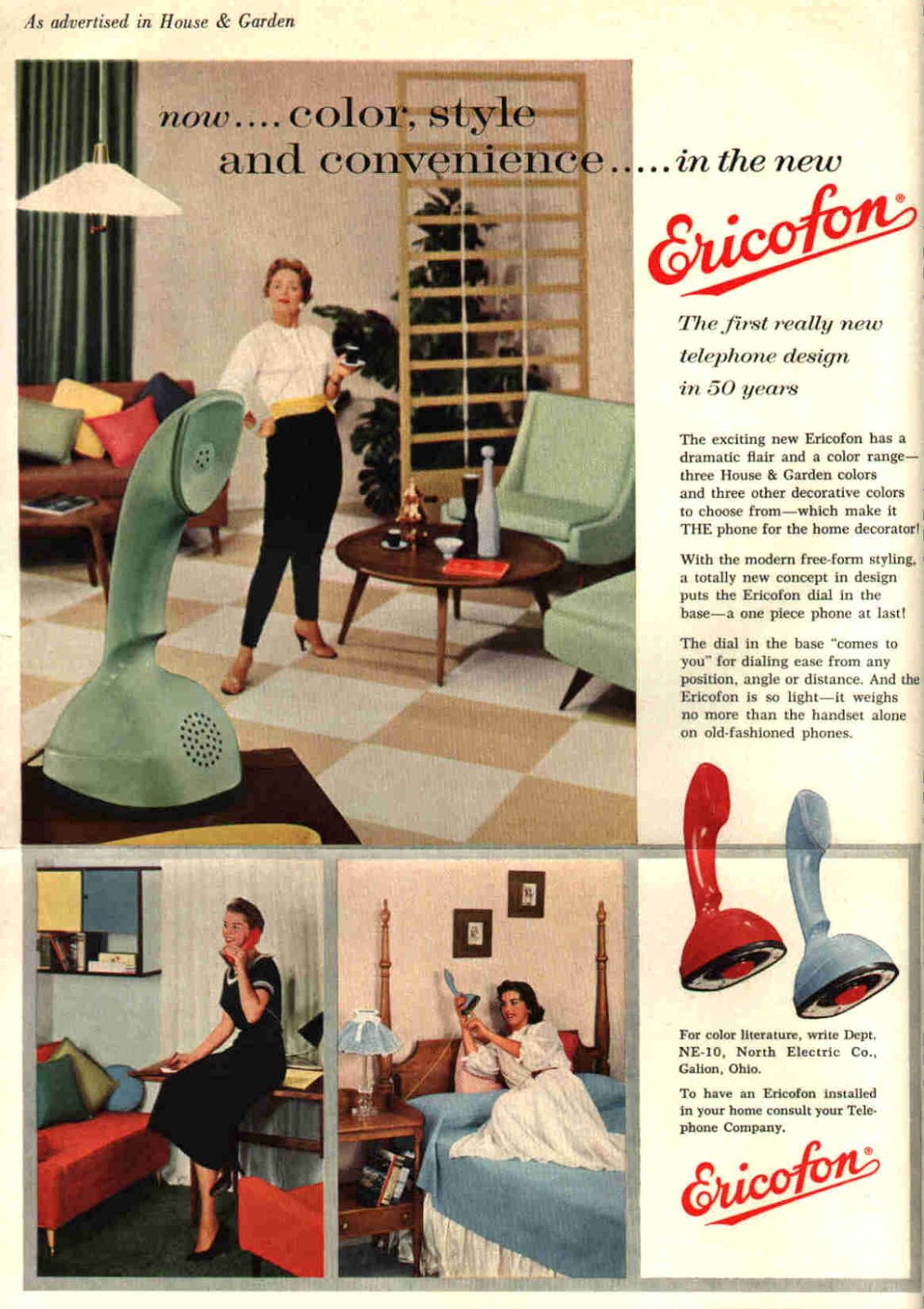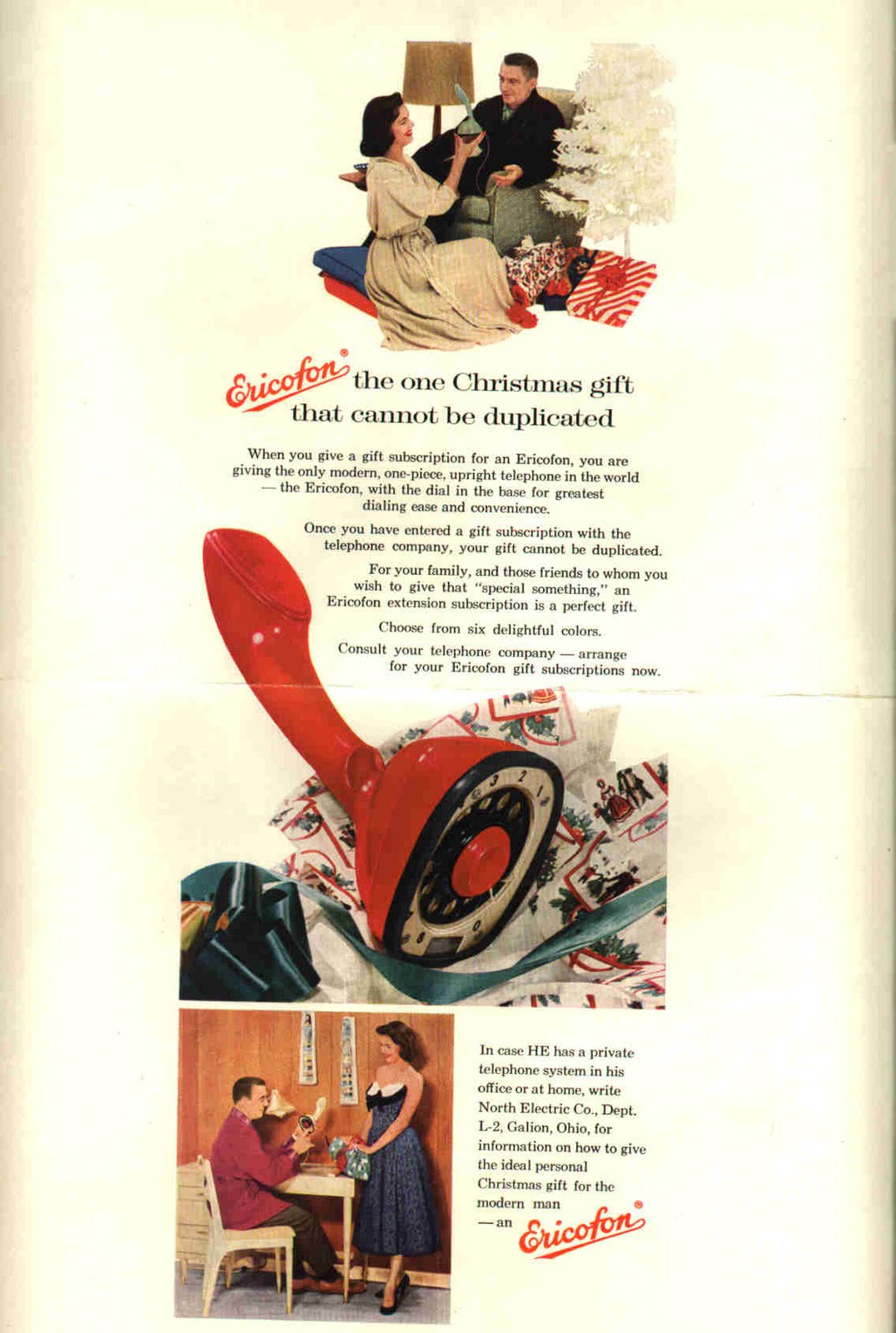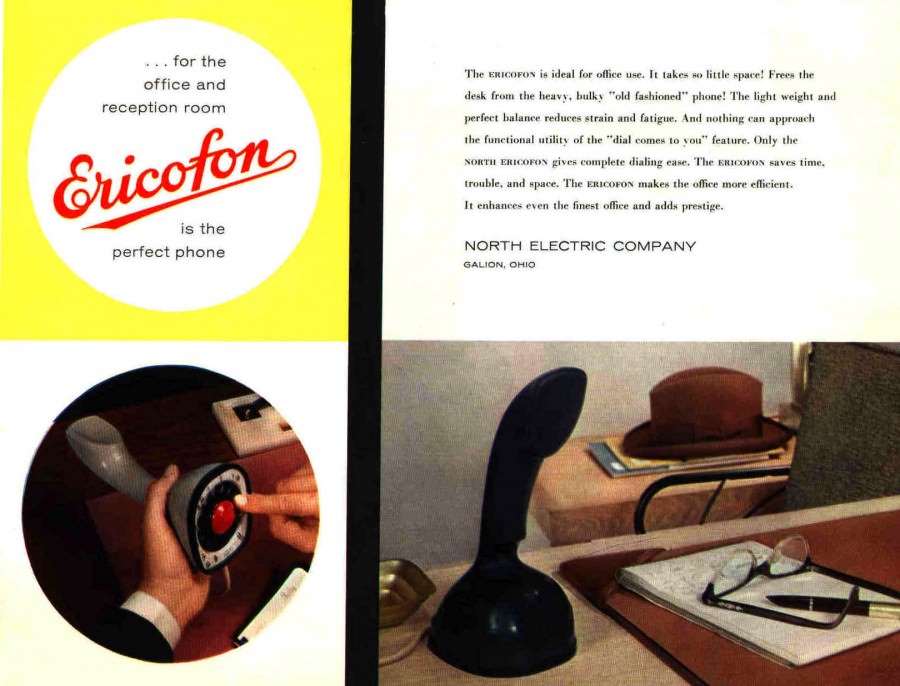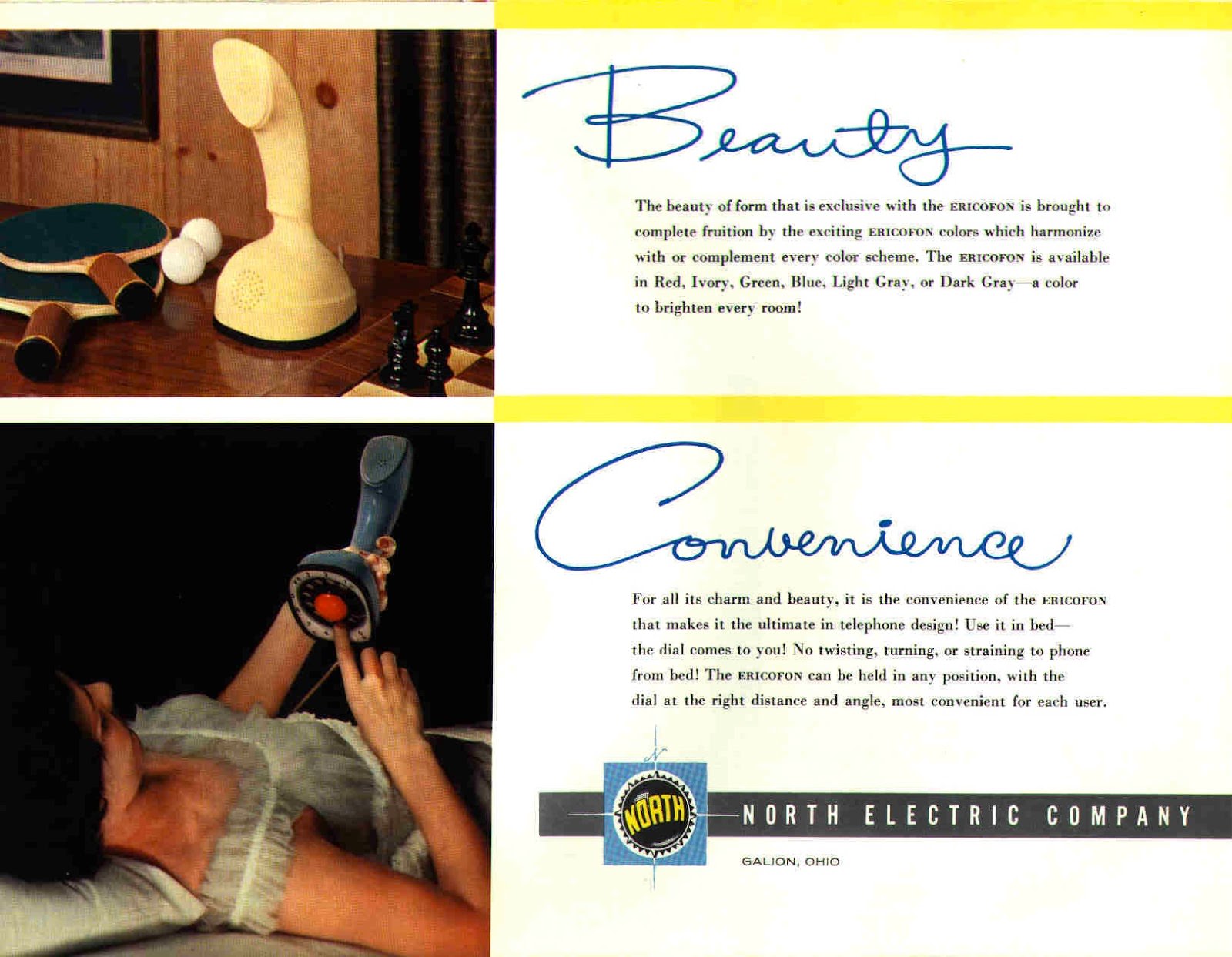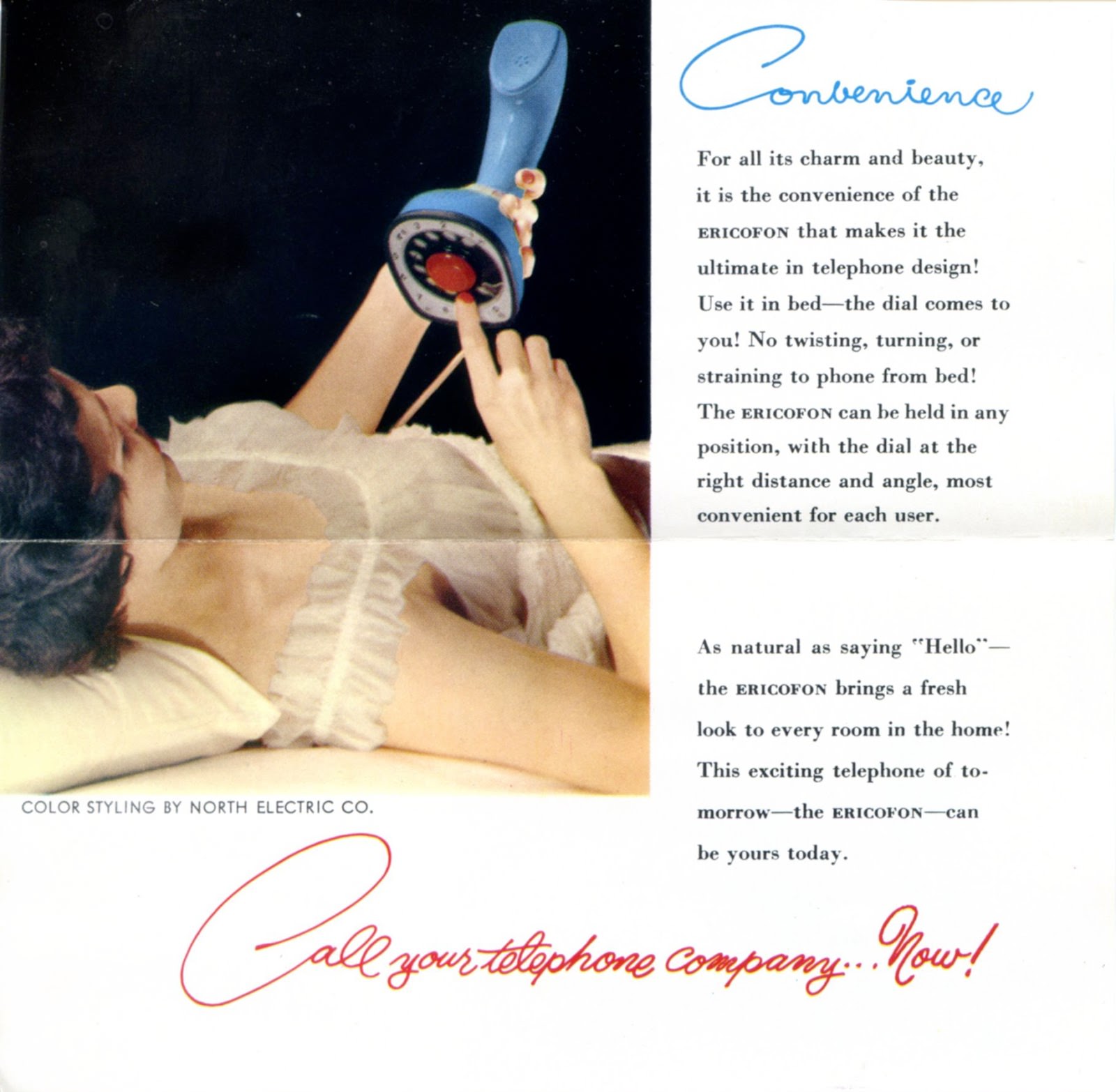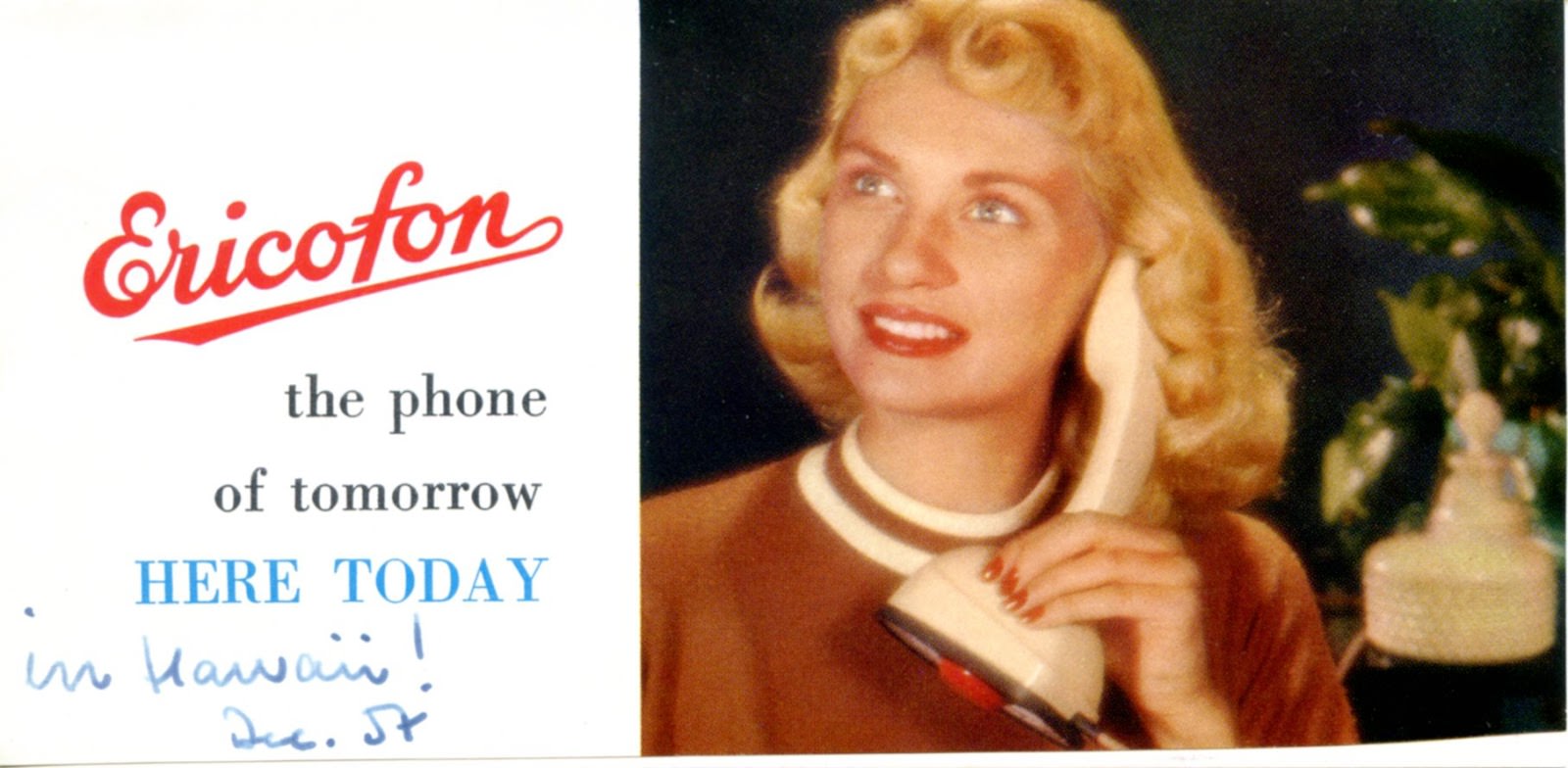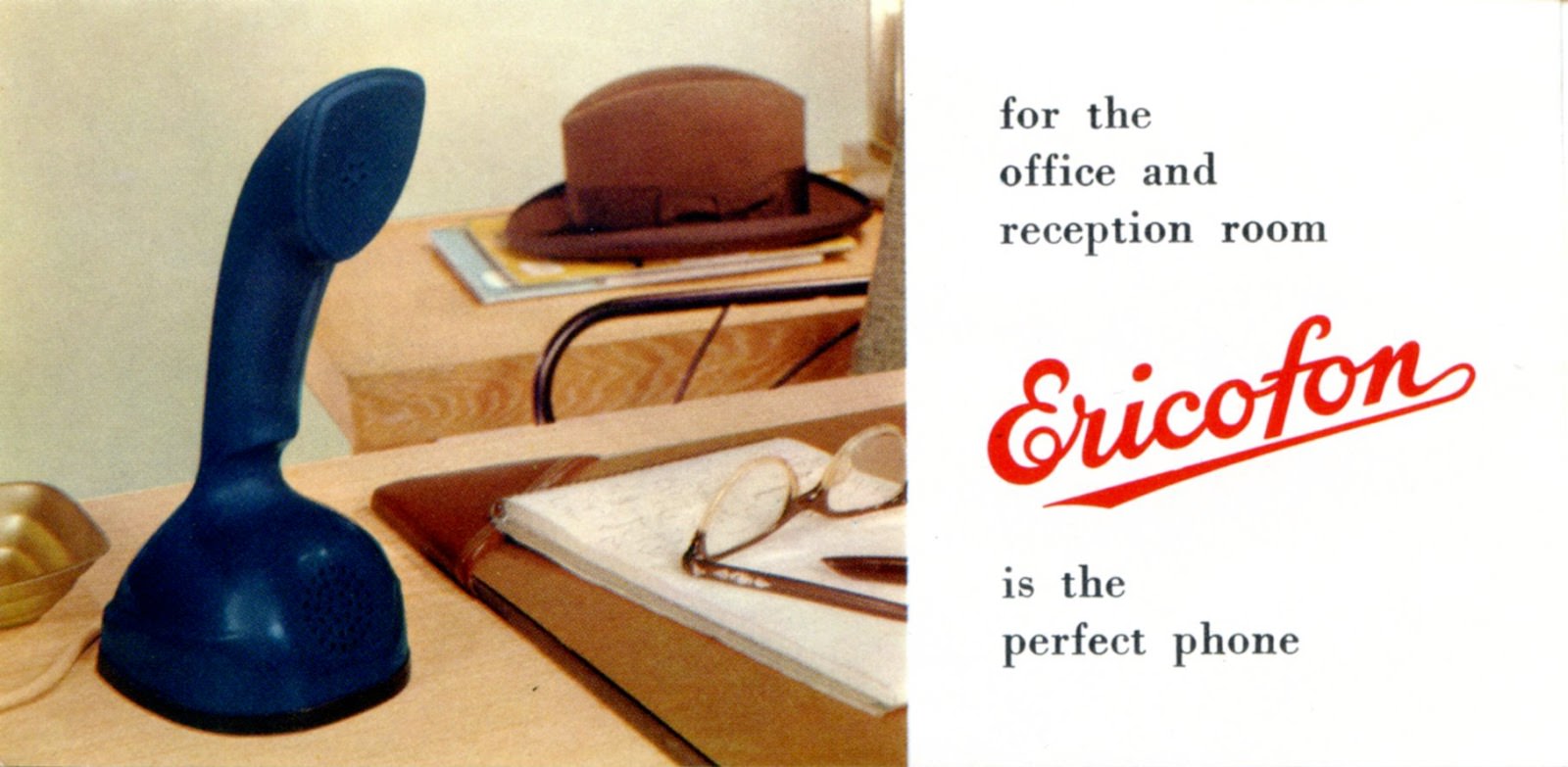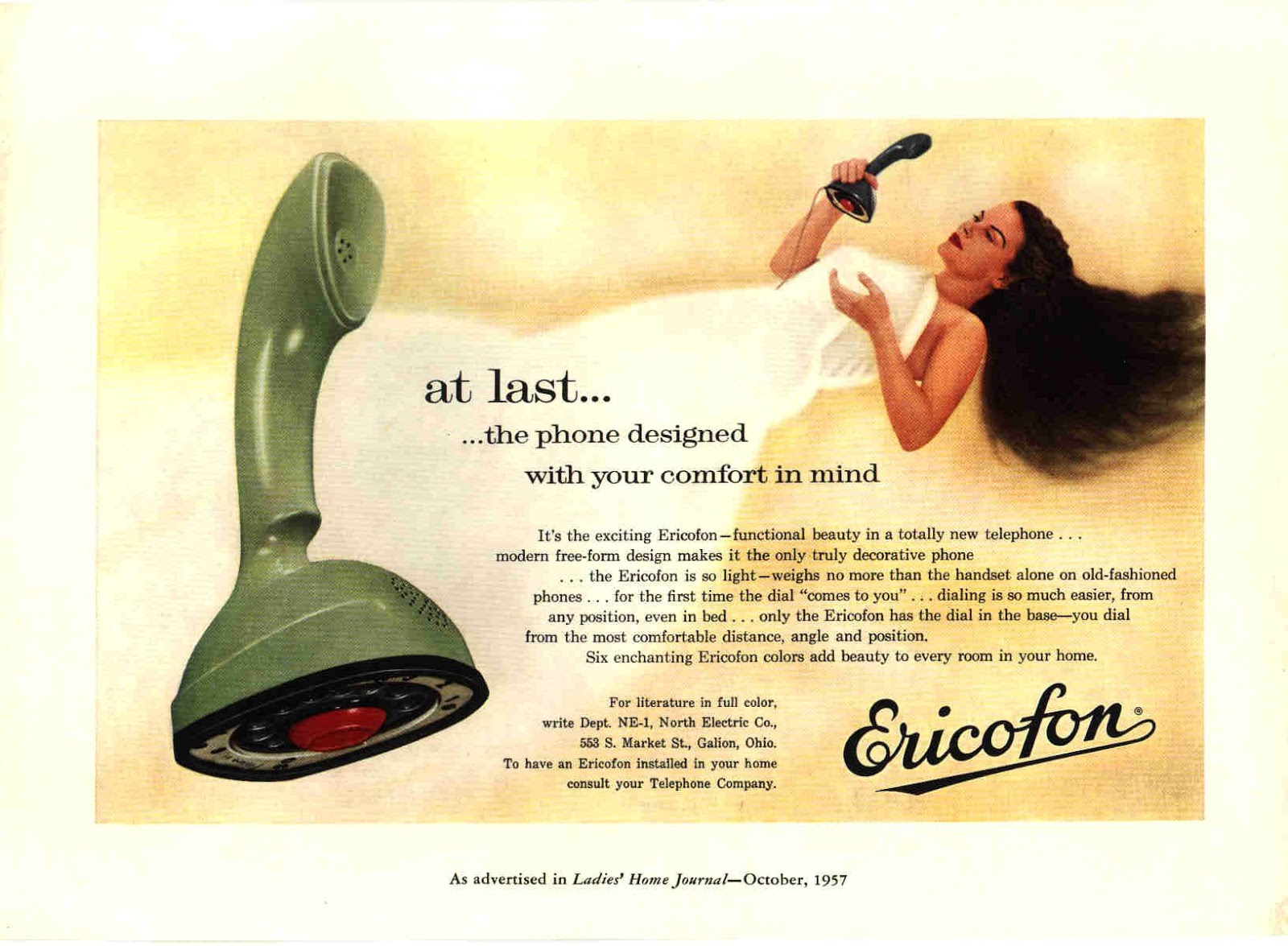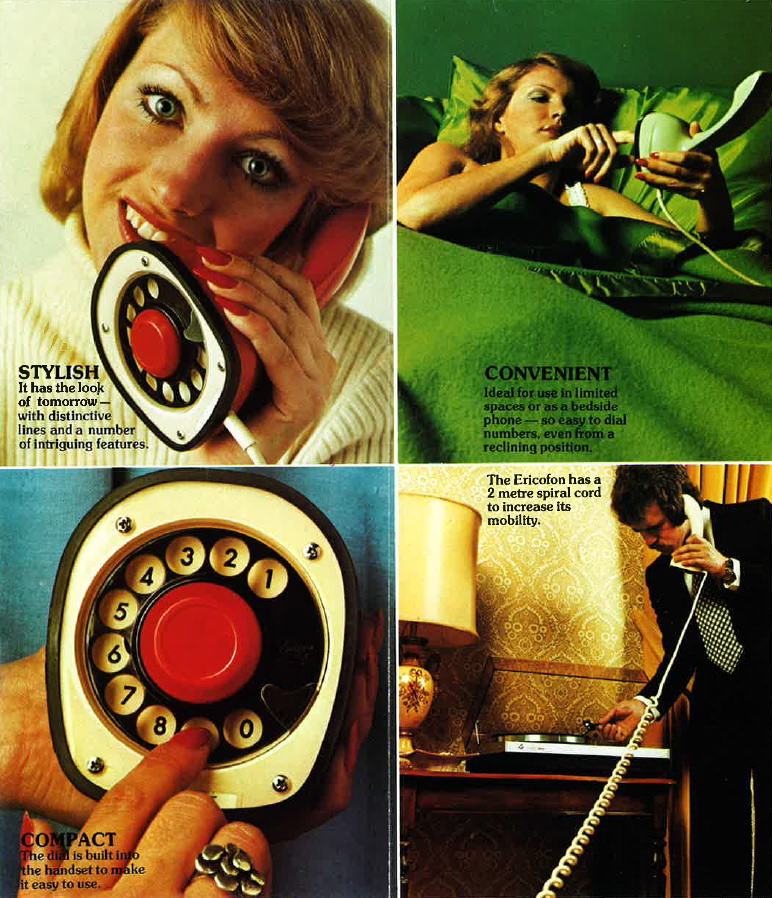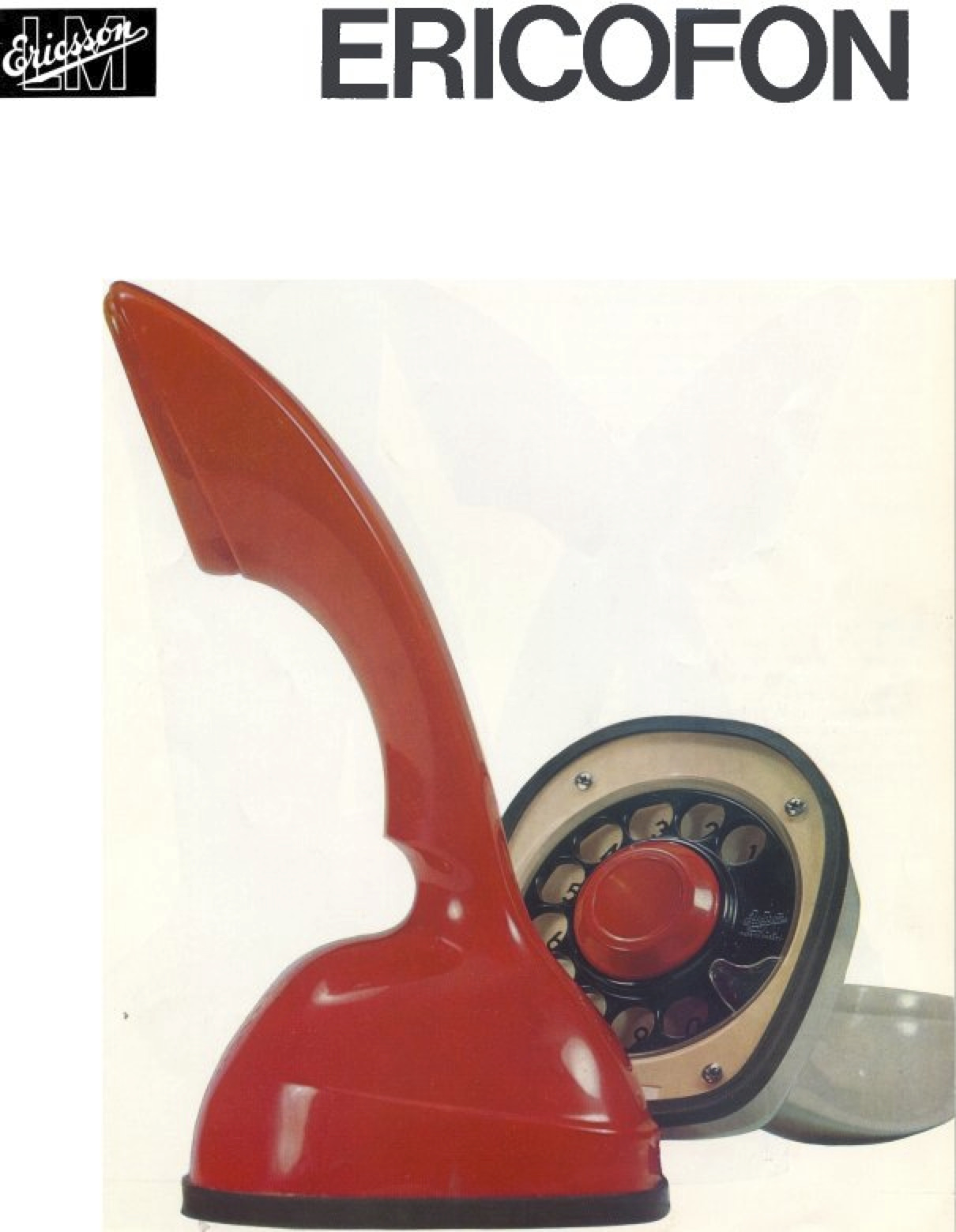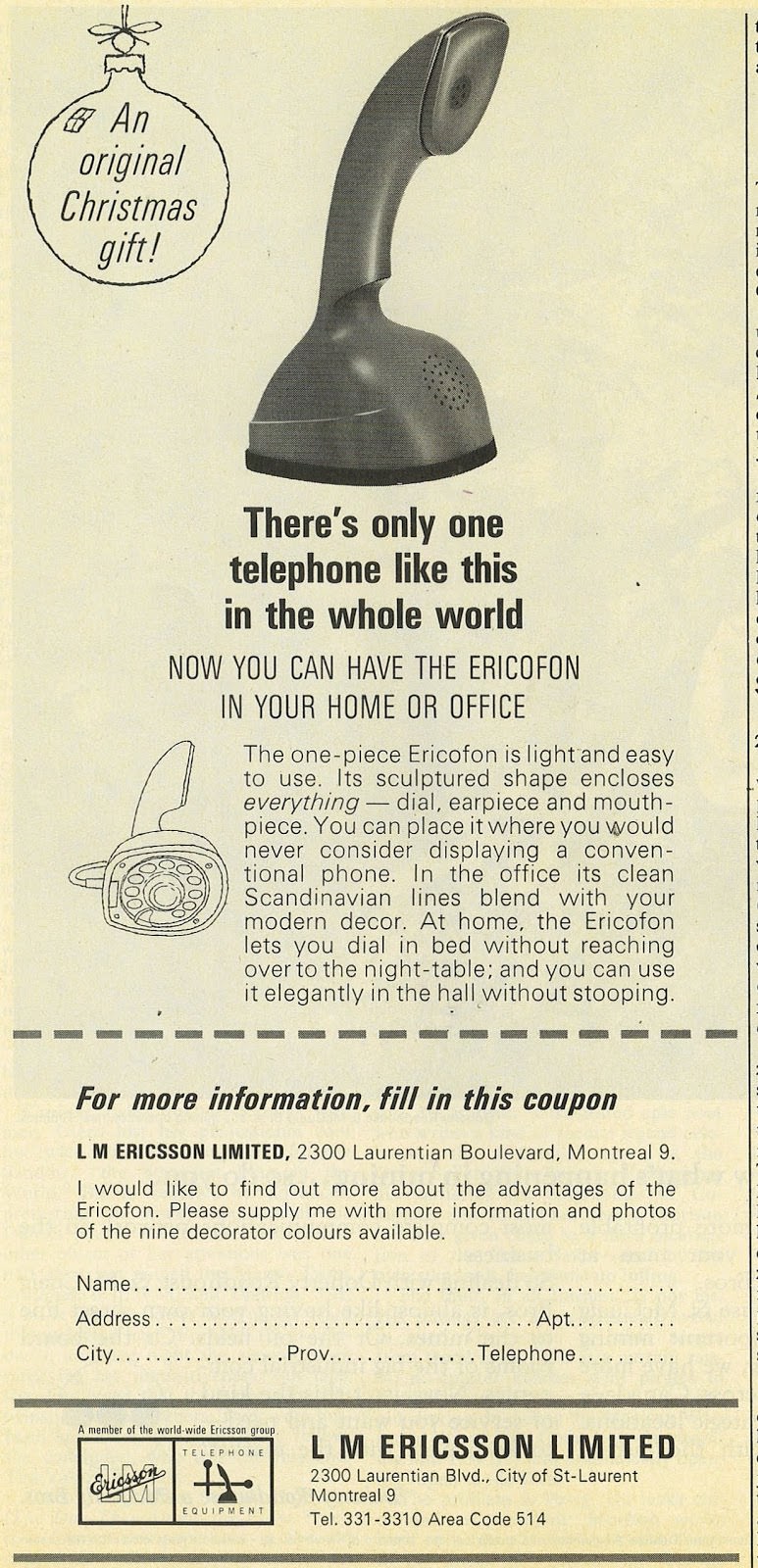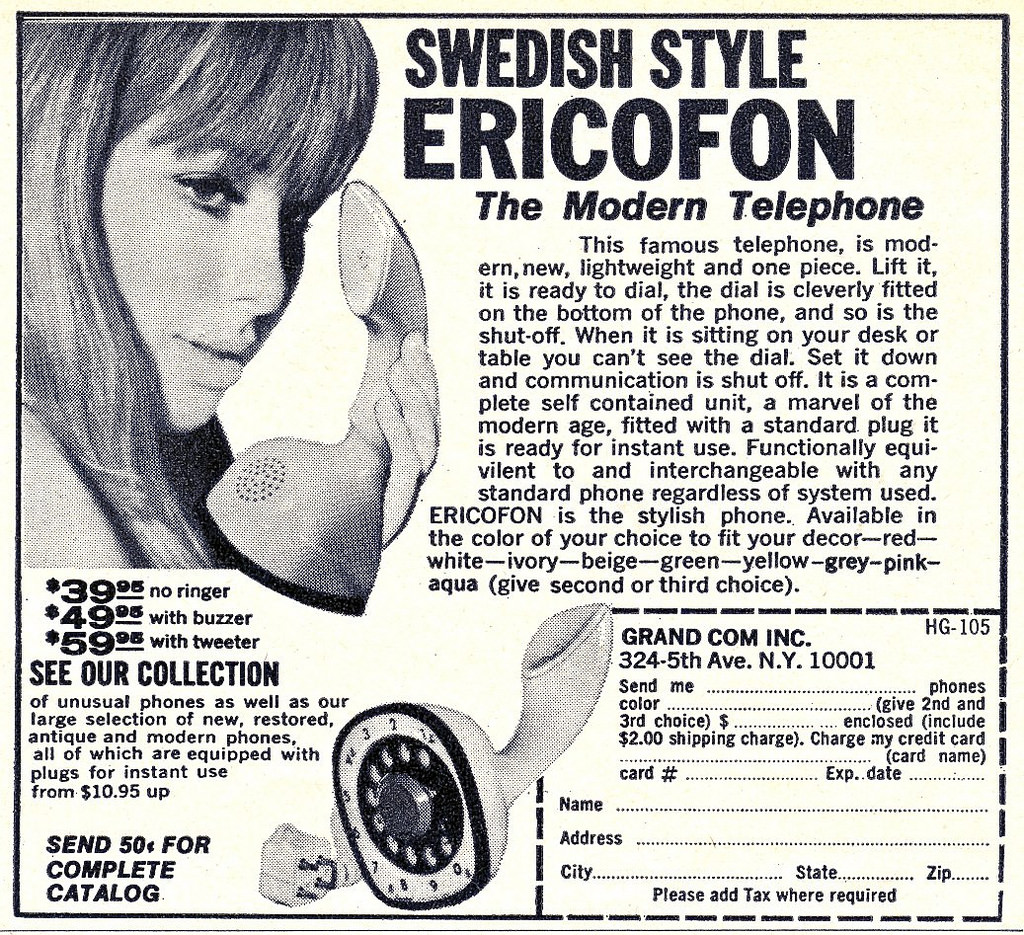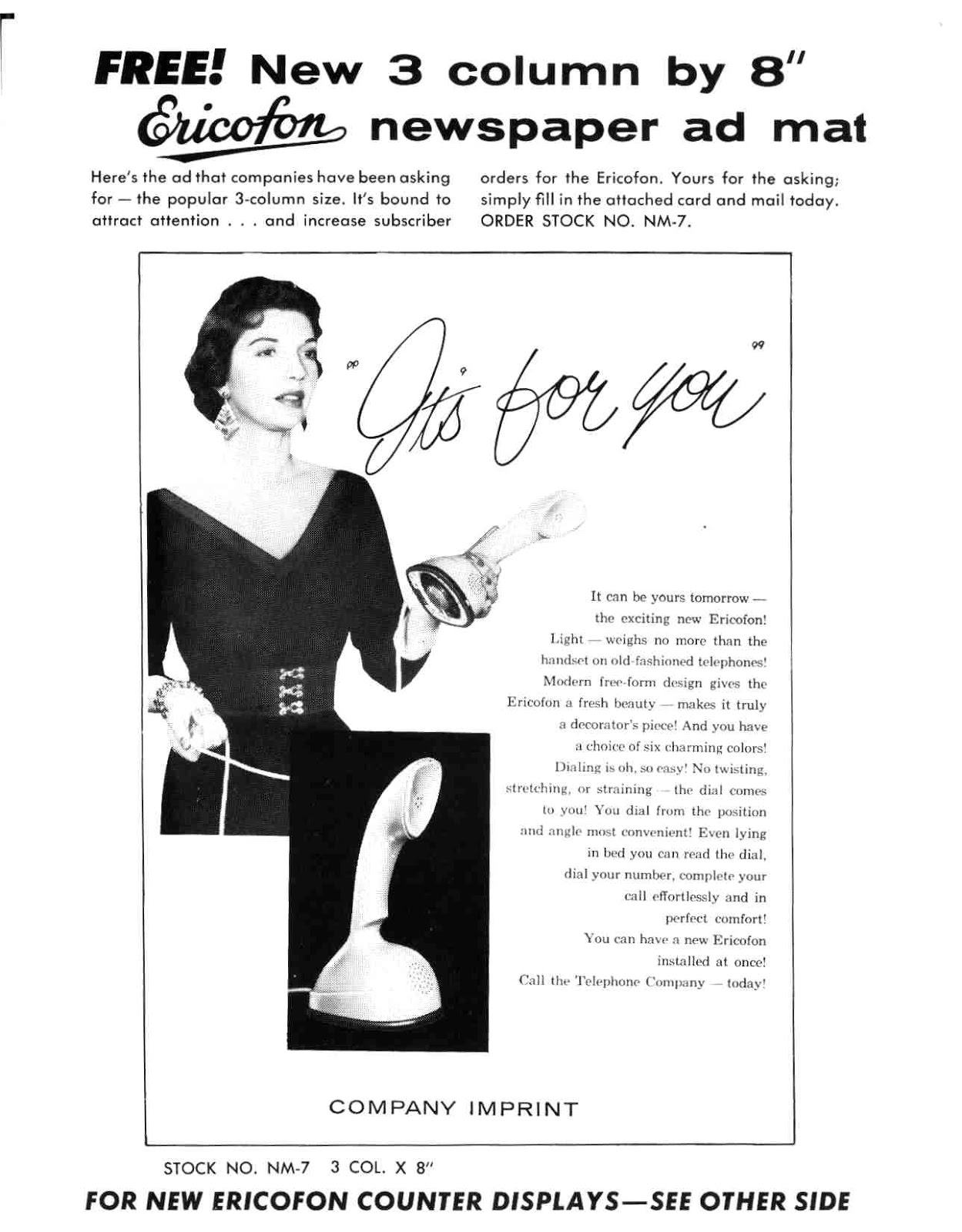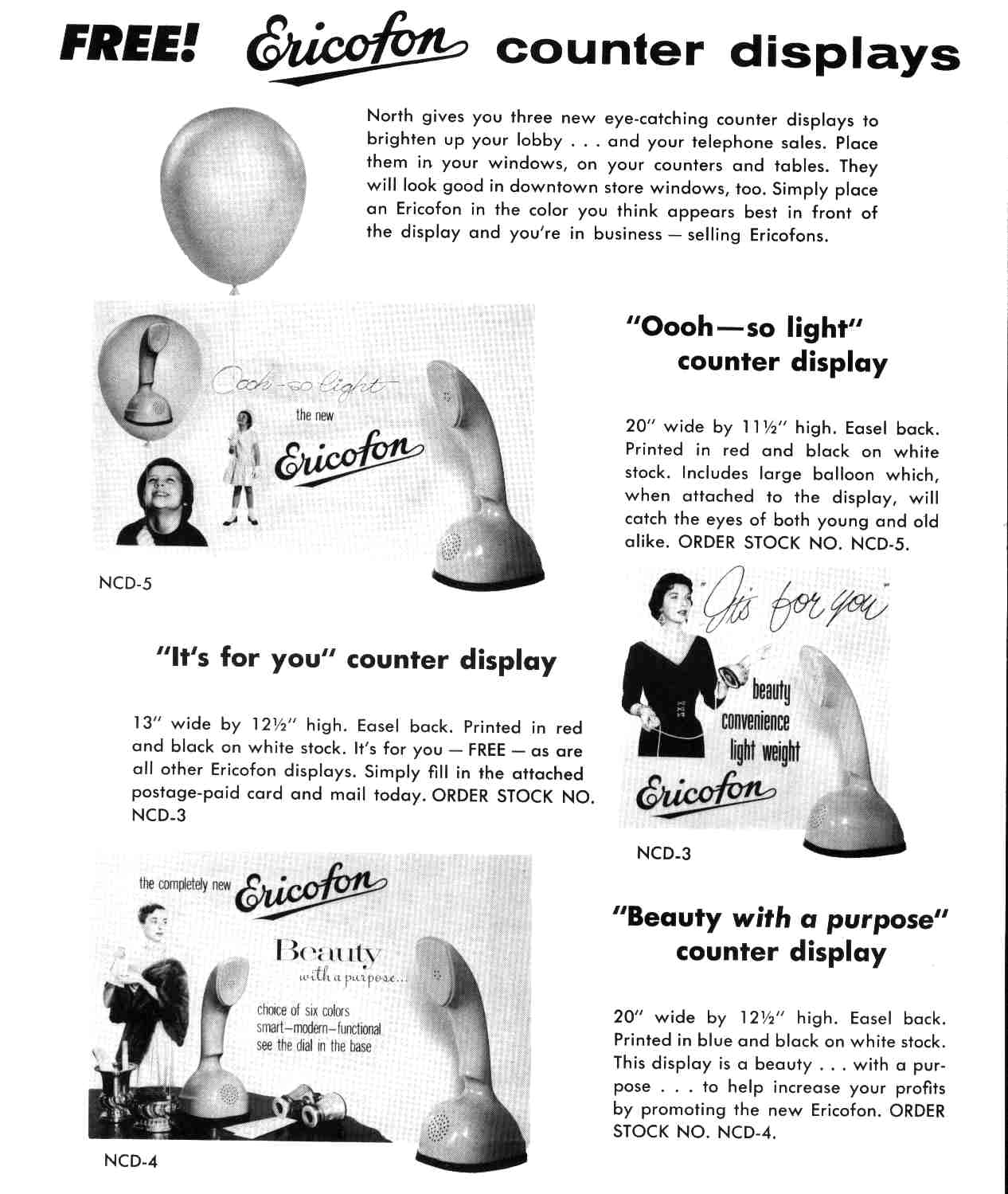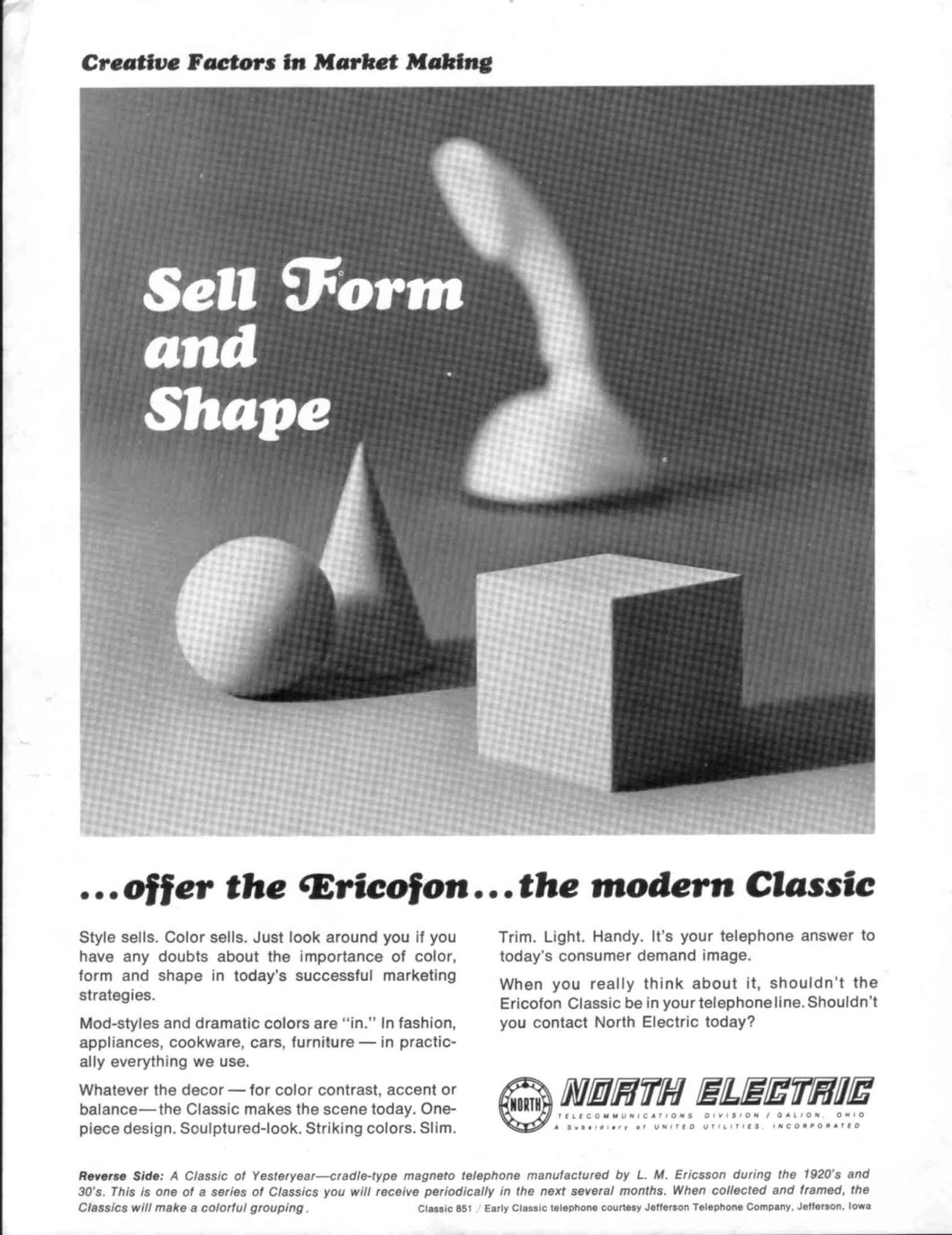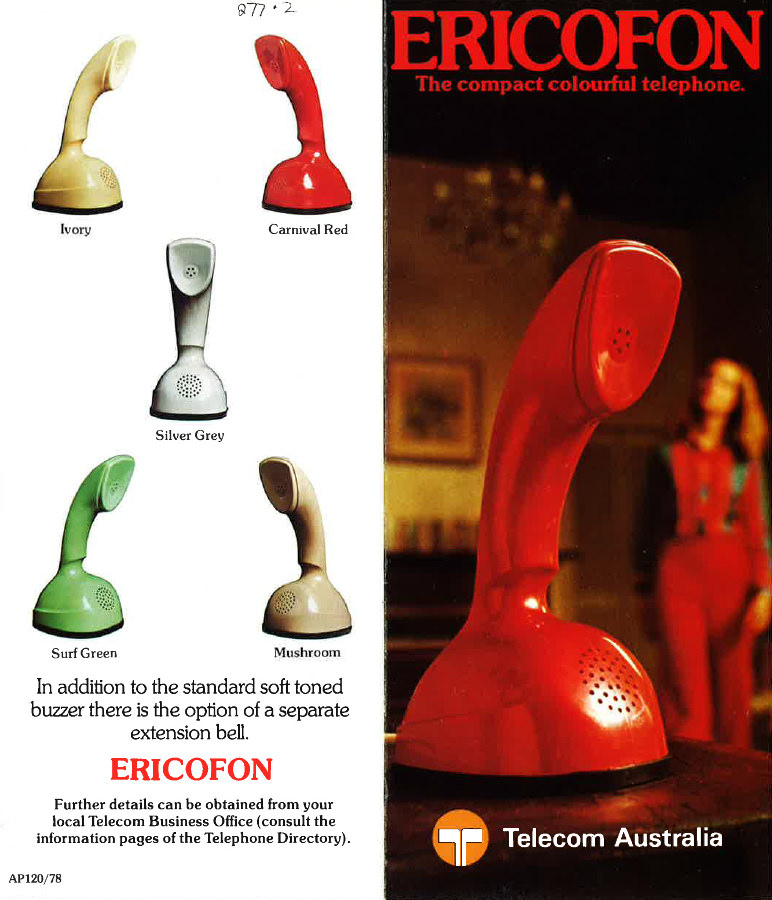A Swedish phone company L.M Ericsson introduced the lightest phone called Ericofoon in the 1950s. Rather than resemble a phone, it looks more like a modernist figurine because it conceals the dial on the bottom of the base. Hanging it up was as simple as setting it back on a table. It is in the Museum of Modern Art collection in New York City. Since the Ericofon resembles a coiled snake, people call it a cobra telephone in Sweden.
The phone was designed by Gösta Thames, Ralph Lysell, and Hugo Blomberg in the late 1940s and started production in 1954. Early models were sold exclusively to institutions, but European and Australian production began in 1956. The Ericofon was only available to independent telephone companies in the United States due to the Bell System’s prohibition on third-party equipment on their network. Galion, Ohio-based North Electric, manufactured the Ericofon for the independent market in North America.
Initially, there were two versions of the phone. Early models are slightly taller, with the earpiece at a 90-degree angle to the base. Later versions have a shorter handle and an angled earpiece. The old and new cases are referred to as the two versions. The old case was molded in two pieces, while the new case was molded in one piece. Initially, both versions were available in 18 colors. During that time, Americans used four-prong plugs. When the Ericofon was introduced on the American market, it was offered in 18 colors, but eight colors were available after production transferred to North Electric. The most widely produced and popular colors were bright red and bright white. There were also pastel shades of blue, green, and pink. Promotional phones with transparent and metallic finishes were produced in limited quantities.


